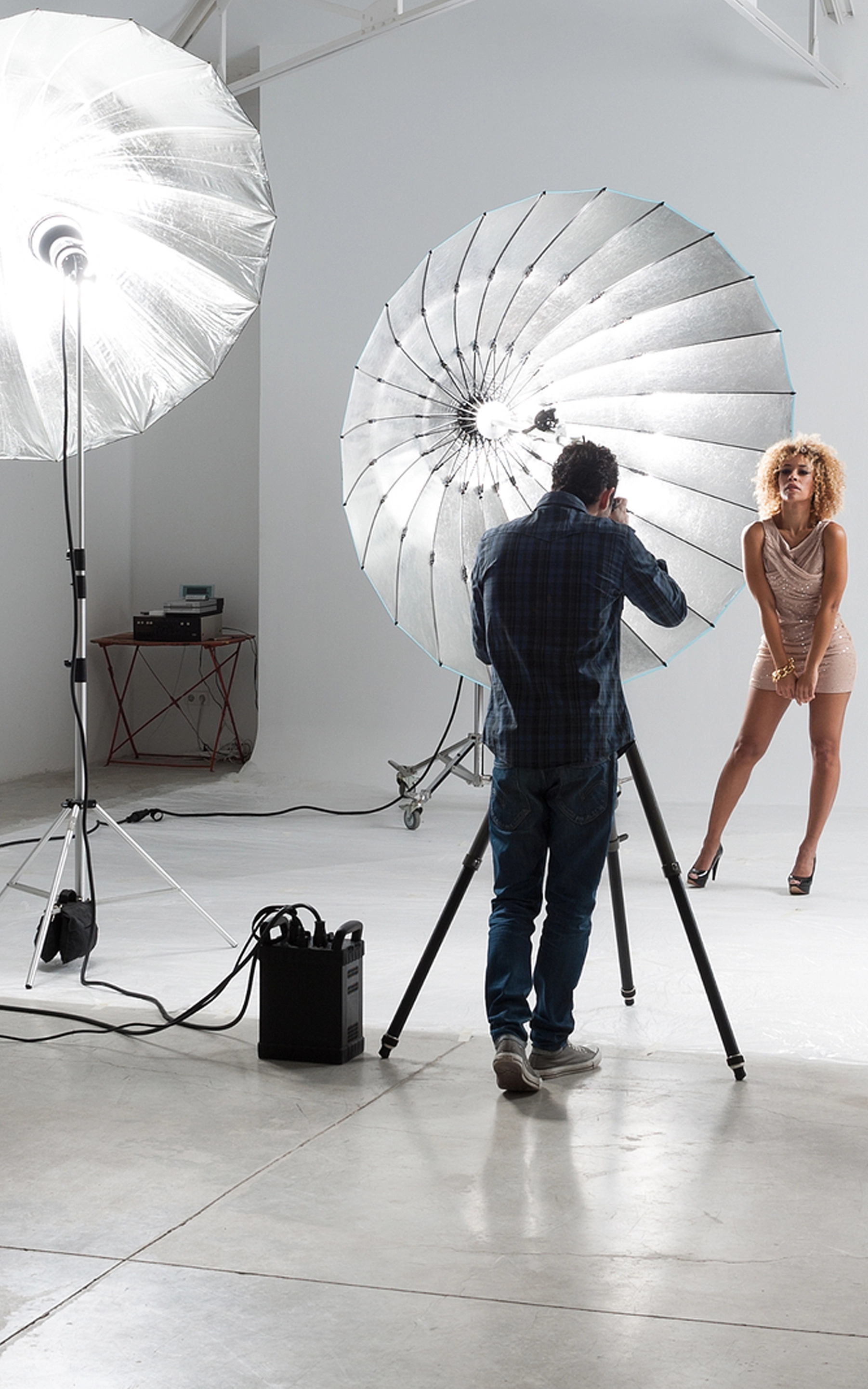Handicraft Photography Service in Delhi:
Welcome to the best handicraft photography service provider in Delhi! Our specialized eCommerce product photography service is designed to capture the sheer beauty and intricate details of unique handmade crafts. With a commitment to excellence, we bring your handicrafts to life through visually captivating images that mesmerize your audience. We understand the passion and effort that goes into creating handmade items. Whether you are a skilled artisan, a small business owner, or an enthusiast sharing your creativity with the world, our photography service is tailored to meet your specific needs. We have the expertise to showcase your handicrafts in the best possible light and highlight the distinctive features that set them apart. Contact us for the best eCommerce product photography service at the lowest price.
Hire Professional Handicraft Photographer in Delhi:
Nibble and Pixel is the best product photography studio in Delhi and offers high-quality product photography for handicraft items. We also offer stunning images for Amazon, Flipkart, Nykaa, IndiaMART, Meesho, FirstCry, OLX, Etsy, and eBay in categories such as jewelry shoots, clothing product photography, footwear photography, model photoshoots, fashion photography, make-up items, healthcare product photography, book photography, bag photography, food items photography, watches photography, home decor photography, sunglass, lifestyle, table runner product photography, cosmetic photography and another commercial product photoshoot. You need stunning photos of your handicrafts, so hiring a professional handicraft photographer can take your visuals to the next level. Here are some reasons why you might consider our professional work:
Expertise and experience: Professional handicraft photographers have the technical skills and artistic eye to capture your products in the best possible light. They have experience working with different materials, textures, and styles, and can bring out the unique features of your handicrafts.
Access to professional equipment: Professionals have access to high-quality cameras, lenses, lighting equipment, and backdrops that can elevate the quality of their photos.
Saves time and effort: Hiring a professional allows you to focus on what you do best – creating your handicrafts. They take care of the entire photography process, from planning and setup to editing and post-processing.
Consistent branding: Professionals can help you maintain a consistent visual style and brand identity across your photography. This ensures your handicrafts are presented in a cohesive and professional manner.
Industry connections: Professional handicraft photographers often have connections within the industry and can help you network, collaborate, or gain exposure to potential customers or buyers.
Importance of High-Quality Photography for Handicrafts:
High-quality photography is crucial for showcasing the true beauty and craftsmanship of your handmade products. When potential customers view your handicrafts online or in promotional materials, the quality of the photos can make or break their decision to purchase.
Capturing stunning images of your handicrafts allows you to convey the intricate details, textures, and colors that make them unique. It helps create an emotional connection with your audience, allowing them to appreciate the level of skill and artistry that goes into each piece.
Investing in professional photography for your handicrafts is an investment in your brand. It elevates the perceived value of your products and sets you apart from competitors. With high-quality photos, you can attract more customers, increase sales, and build a loyal following of enthusiasts who appreciate the beauty and craftsmanship of your handmade items.
Handcraft product photography is a style of photography that displays goods in actual settings, demonstrating how they can be used in a particular location or area. Handmade crafts photoshoots can have many benefits, including:
Showcasing the beauty of the craft: A photoshoot can help capture the intricate details and beauty of a handmade craft, which may not be immediately apparent to the naked eye.
Creating high-quality images: A professional photo shoot can produce high-quality images that can be used for promotional purposes, such as on social media, e-commerce websites, or in print materials.
Building a brand: A series of well-executed photos can help create a brand identity for the handmade craft and the artisan behind it.
Engaging customers: Sharing photos of handmade crafts can help engage customers and generate interest in the product. Customers are more likely to make a purchase when they can see the quality and craftsmanship of the item.
Increasing sales: good quality photos of handmade crafts can help increase sales. Customers are more likely to purchase a product if they can see it in detail and visualize how it might fit into their lives.
Preserving the craft: Photos can help preserve the craft by documenting the artisan's work and techniques and creating a visual record of their creations.
Elevate Your Handicraft Business with Professional Photography:
In a world where visuals play a crucial role in attracting and engaging customers, professional photography is a powerful tool for elevating your handicraft business. High-quality photos capture the essence and beauty of your handmade products, allowing you to connect with your audience on a deeper level.
You can use stunning photos of your handicrafts that showcase their true craftsmanship and uniqueness. Whether you choose to invest in professional equipment or hire a professional handicraft photographer, the key is to prioritize the visual representation of your products.
Remember, great photography not only enhances the perceived value of your handicrafts but also helps you build a strong brand, attract more customers, and stand out from the competition. So, take the leap and let your handicrafts shine through the lens of professional photography!
Pricing and Packages for Handicraft Photography:
When it comes to pricing handicraft photography, two common models are hourly rate and package pricing. Each has its pros and cons, and the choice ultimately depends on your specific needs and budget.
Hourly rate: With an hourly rate pricing model, the photographer charges for the time spent on the photo shoot, including setup, shooting, and post-processing. This model is suitable if you have a small number of products or if you require a customized approach for each item.
The hourly rate can vary depending on the photographer's experience and location. Highly experienced photographers may charge a higher rate, but they can deliver exceptional results that justify the investment. Keep in mind that additional fees may apply for any specialized equipment or props needed for the shoot.
Package pricing: Package pricing offers a set price for a specific number of products or images. This model is ideal if you have a larger inventory or if you prefer a more standardized approach. Packages usually include a certain number of images per item, post-processing, and delivery of the final files.
Package pricing allows for better budgeting and provides a clear understanding of the total cost upfront. However, it may not be suitable if you have unique or complex products that require more time and attention during the photoshoot.
Strategies for Capturing Stunning Handicraft Photos:
Capturing stunning photos of your handicrafts requires a combination of technical skill and artistic vision.
Choose the right backdrop: Select a backdrop that complements your handicrafts without overpowering them. Consider using neutral colors or textures that enhance the visual appeal of your products.
Control the lighting: Lighting is key to capturing the true essence of your handicrafts. Natural light is often the best choice, but if that's not possible, invest in a good lighting setup to ensure your products are well-lit and free of harsh shadows.
Experiment with angles: Don't be afraid to get creative with your camera angles. Explore different perspectives to highlight the unique features and intricate details of your handicrafts. Play with depth of field to create a sense of dimension and focus on the key elements.
Use props and styling: Props can add context and visual interest to your handicraft photos. Consider incorporating elements that complement the theme or story behind your products. Pay attention to styling details, such as arranging the items in an appealing composition or adding small accents that enhance the overall aesthetic.
Focus on details: Handicrafts are often characterized by their fine details and craftsmanship. Capture close-up shots that highlight these details, allowing viewers to appreciate the intricacy and skill that goes into each piece.
Showcasing Handicraft Products for Photography:
Lighting is a critical element in handicraft photography. It can enhance the colors, textures, and details of your products, creating a captivating visual experience for your audience.
Natural light: If possible, shoot your handicrafts in natural light. Position your products near a window or in a well-lit area, taking advantage of diffused light for soft shadows and even illumination.
Artificial light: When natural light is not available or sufficient, artificial lighting can be used to create a controlled environment. Use softboxes or diffusers to soften the light and prevent harsh shadows.
Lighting angles: Experiment with different lighting angles to create different effects. Front lighting illuminates the entire subject evenly, while side lighting can create dramatic shadows and highlights. Backlighting can help create a sense of depth and translucency.
Light modifiers: Consider using light modifiers such as reflectors or bounce cards to control and direct the light. Reflectors can fill in shadows and add a touch of brightness to certain areas, while bounce cards can redirect the light to create more dimension.
Composition and Styling for Creating Appealing Handicraft Photography:
Composition and styling play a crucial role in creating visually appealing handicraft photos.
Rule of thirds: Use the rule of thirds to create a balanced and visually pleasing composition. Imagine dividing your frame into a grid of nine equal sections, and placing your main subject along the intersection points for a more dynamic composition.
Negative space: Leave some empty space around your handicrafts to create a sense of balance and allow the viewer's eye to focus on the main subject. Negative space can also enhance the overall aesthetic and highlight the details of your products.
Leading lines: Incorporate leading lines to guide the viewer's eye towards your handicrafts. This can create a sense of depth and draw attention to the key elements of your composition.
Color harmony: Pay attention to the colors in your composition and ensure they harmonize with your handicrafts. Use complementary or analogous colors to create a visually pleasing and cohesive image.
Symmetry and patterns: Capture symmetrical compositions or highlight patterns within your handicrafts. Symmetry can create a sense of balance and order, while patterns add visual interest and repetition.
Editing and Post-Processing Techniques for Handicraft Photography:
Editing and post-processing are essential steps in the handicraft photography process. They allow you to enhance the colors, tones, and details of your images, ensuring they accurately represent your products.
Adjust exposure and white balance: Start by adjusting the exposure and white balance to ensure accurate colors and tones. This can be done using software such as Adobe Lightroom or Capture One.
Enhance colors and contrast: Use selective color adjustments to enhance the vibrancy of specific colors or create a specific mood. Adjust the contrast to add depth and dimension to your photos.
Sharpen and enhance details: Apply selective sharpening to enhance the fine details of your handicrafts. Use tools like clarity or structure sliders to add definition and texture.
Remove distractions: Remove any distracting elements or imperfections in your photos using the clone stamp or healing brush tool. This ensures the focus remains on your handicrafts.
Resize and optimize for web: Before sharing your photos online, resize them to the appropriate dimensions and optimize them for web use. This helps improve loading times and ensures your images look their best across different devices.
Showcasing Handicraft Photos on social media and Websites:
Once you have captured and edited stunning photos of your handicrafts, it's time to showcase them on social media and your website. Here are some tips for effective presentation:
Choose the right platforms: Identify the social media platforms that align with your target audience and showcase your handicrafts on those platforms. Instagram, Pinterest, and Facebook are popular choices for visual content.
Tell a story: Use captions and descriptions to tell the story behind your handicrafts. Share the inspiration, the materials used, and the techniques involved in creating each piece. This allows your audience to connect with your products on a deeper level.
Consistency: Maintain a consistent visual style and tone across your social media and website. This helps create a cohesive brand identity and makes it easier for your audience to recognize your handicrafts.
Engage with your audience: Respond to comments, messages, and inquiries from your audience. Engage with them by asking questions, encouraging feedback, and sharing behind-the-scenes glimpses of your creative process. Building a relationship with your audience fosters trust and loyalty.
Optimize for SEO: When showcasing your handicrafts on your website, optimize the images for search engines by using descriptive file names, alt text, and relevant keywords. This helps improve your website's visibility and attracts organic traffic.
By effectively showcasing your handicraft photos on social media and your website, you can attract a wider audience, increase engagement, and generate more interest in your products.
One Stop Solution For All
E-Commerce Advertising
Needs


Read what our clients say
Some of Our Clients


